"We called it Charles the First because it was a Cavalier. These days it’s the sort of vehicular relic you see slumped in the corner of a field at a provincial car boot sale, boot open to reveal old "

Remembering the Vauxhall Cavalier Mk1 (1975 – 1981)
How many of you remember having one of these on your driveway?
What were you doing in 1975? Many of you will probably say “nothing”. You were but a glint in your dad’s eye. Or your mum’s. But, hell, let’s not go there.
All I know is that I was aged four, and judging by the photo on my mother’s mantelpiece, I was wearing miniature flares and a mini kipper tie. Yep, the 70s was a decade of taste. Ahem, well, maybe not for clothes, but certainly for cars.
Not long ago, I wrote about the Ford Cortina. That was an awesome motor. Well, it was to my small eyes anyway. But, so was the Vauxhall Cavalier. In many ways it was more advanced than the Cortina, which had been on the block in various guises since 1962.
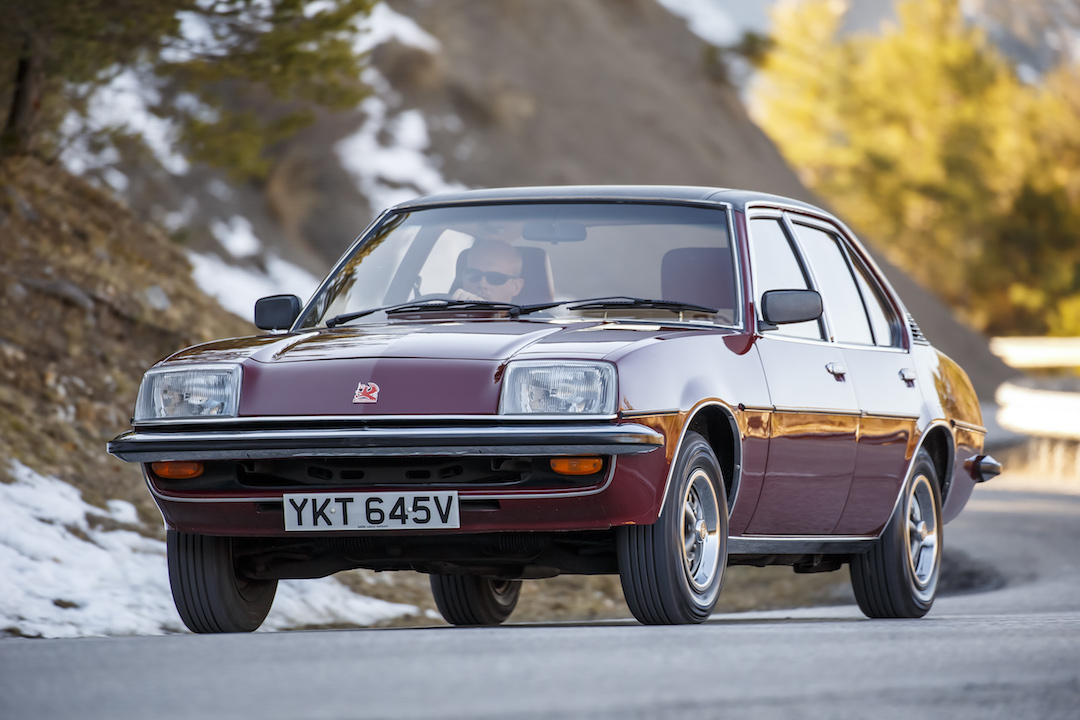
In 1975, the Cavalier was ushered in to rival the likes of the Blue Oval champion. The Cortina was in fatigued Mk3 format when the fresh Vauxhall came out. It wasn’t until 1976 that the more modern Mk4 version was introduced. So, the Cavalier arguably looked crisper in every way in ’75, when compared with the Ford. And it proved to be a key turning point for the Griffin-badged auto-maker.
Indeed, the car doubtless saved the Luton-based firm. Derived from the Opel Ascona, it was offered in two and four-door coupe and saloon body styles. It was, as Vauxhall had hoped, an ideal Cortina competitor.
Like the hatchback-bodied Chevette, also launched in the UK in 1975, the Cavalier handled brilliantly for the time. It was well-engineered and hoovered-up motorway miles effortlessly. The Mk1 Cavalier could cruise all day in the outside lane; its cabin was roomy, and its ergonomics were top of the class. Even driving the Mk1 now, except for the low-gearing of the era, it’s hard to believe that this is a 1970s/early 1980s’ machine. And these endowments would typify the car in all its guises for 20+ years, until the ubiquitous Vauxhall Vectra succeeded it in 1996.
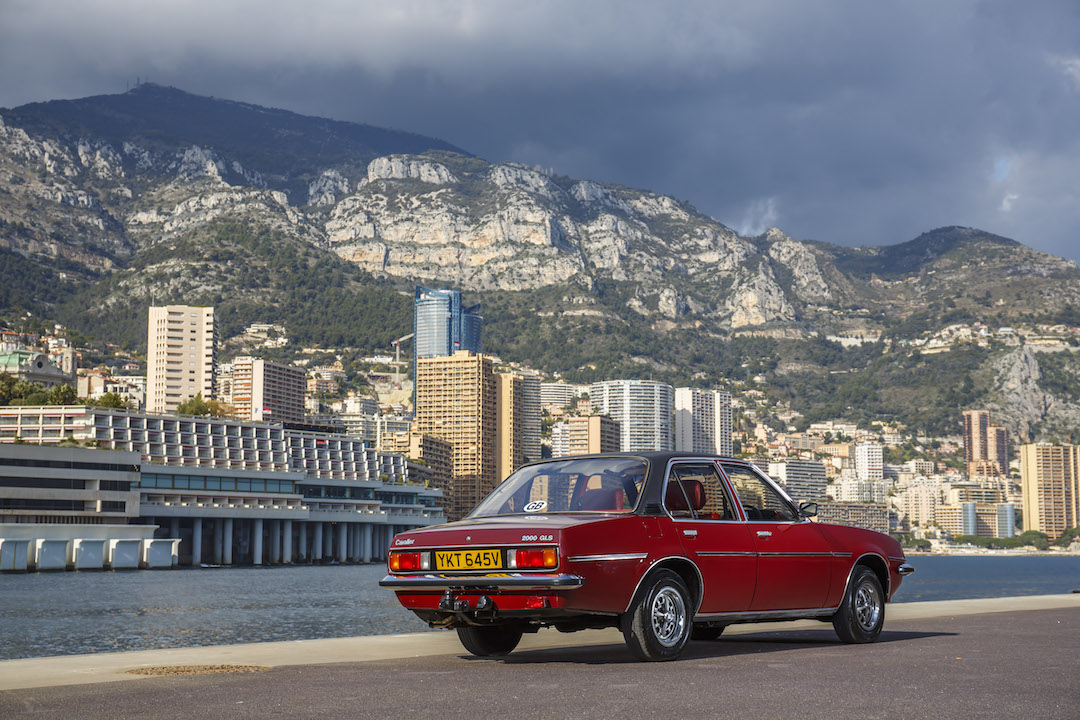
The Mk1 Cavalier was presented with a power unit line-up ranging from 1.3 to 2.0-litres. The basic model shared its engine with the smaller Chevette. It didn’t set the world ablaze, but it provided just enough wallop for motorists who didn’t, or couldn’t, splash out on a more powerful version. The 1.3 Vauxhall Cavalier was also a company car for executives who hadn’t quite earned their full stripes yet.
Consumers undoubtedly loved the Mk1 Cavalier, but that triggered issues itself. Initial obtainability was lame, with motor dealers crying out for stock, while the waiting list escalated. With production constrained to a joint manufacturing works in Belgium, this was always going to be the situation, until Luton got itself sorted and stopped building the ancient Victor FE (renamed the Vauxhall VX Series in ’76).
In 1977, the year of the Queen’s Silver Jubilee, and Elvis’ death, the Luton factory finally got its act together and started making the Cavalier on home soil. It was about time. So, on 26 August of the same year, Vauxhall’s manufacturing boss, Eric Fountain, drove the first UK-made Cavalier off the assembly line.
Directly afterwards, the difficulties with stock improved, meaning the Mk1 Cavalier had every avenue open to it to go forth and multiply. Yes, folks, mass-market victory for the Cavalier in Great Britain was guaranteed.
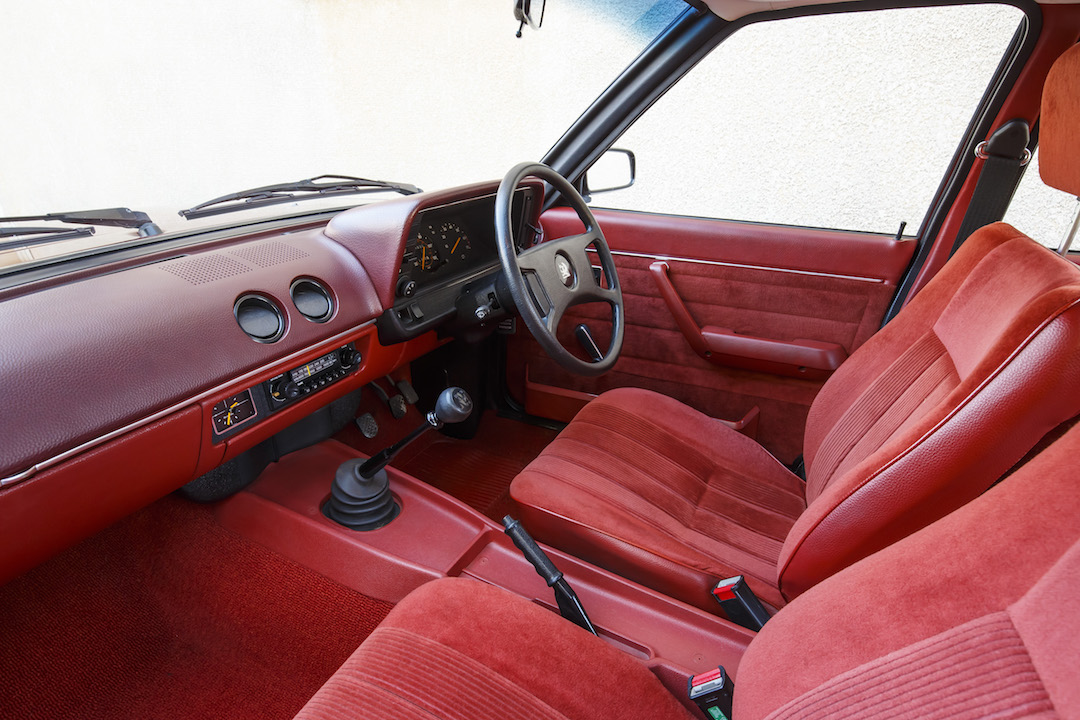
In 1978, the 1.9 litre Mk1 Cavalier was boosted to 2 litres and 101PS, giving the coupe version a possible top speed of 110mph. What’s more, its zero to 60mph time could be reached in under 10 seconds. Six months later, the state-of-the-art and vogueish Sportshatch joined the coupe. This corrected the older vehicle’s one weakness – the absence of a wide-opening tailgate. In many ways it now rivalled another Ford – the Capri.
As the years progressed, the Cavalier Mk1 was given a nip and tuck here and there, but never a thorough facelift. And, even though it didn’t quite trounce Ford in the British car sales chart, it was responsible for breathing new life into Vauxhall and re-claiming the brand’s standing with fleet bosses.
If truth be told, the Mk1 Cavalier’s sales accomplishments now seem pitiful when compared with the success of the Mk2 and Mk3 Cavaliers in the later 80s and 90s. Approximately 240,000 Cavalier Mk1s were retailed on our shores, but, alas, only around 300 have survived to this day. It was really from the Mk2 onwards that sales truly exploded. Altogether, after two decades of production, 1.8 million Vauxhall Cavaliers were sold in the UK, making it the fifth most popular motor ever sold here – and one of the most admired.
Nevertheless, the original Cavalier’s place in British automotive history should never be played down – or forgotten.
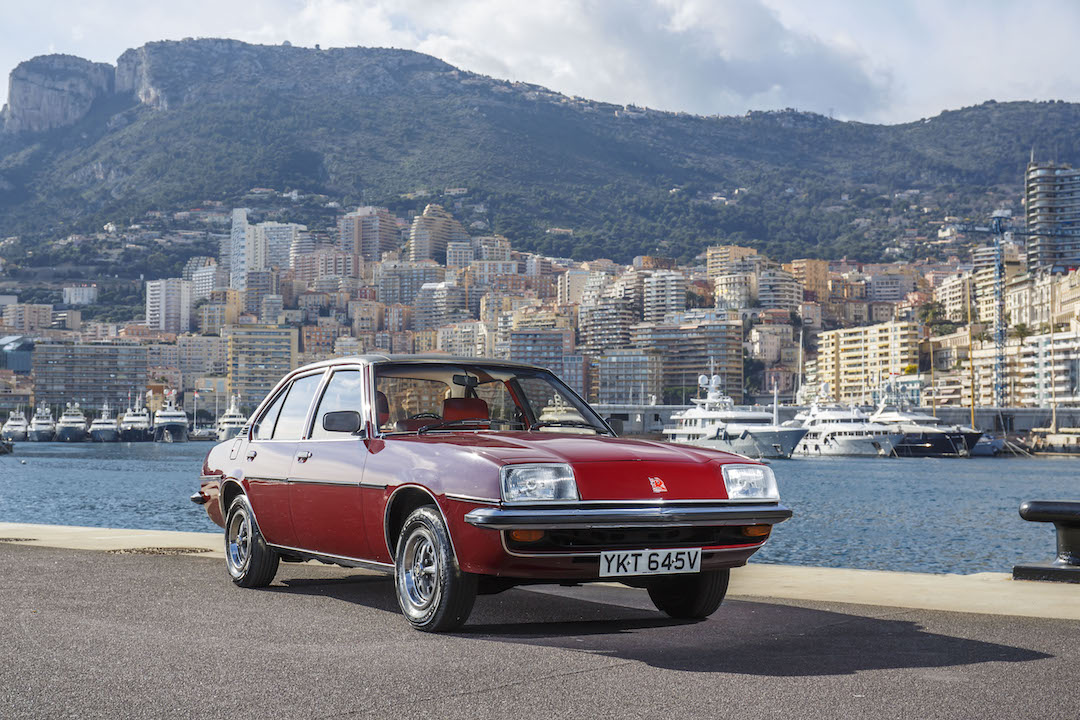
CLICK TO ENLARGE





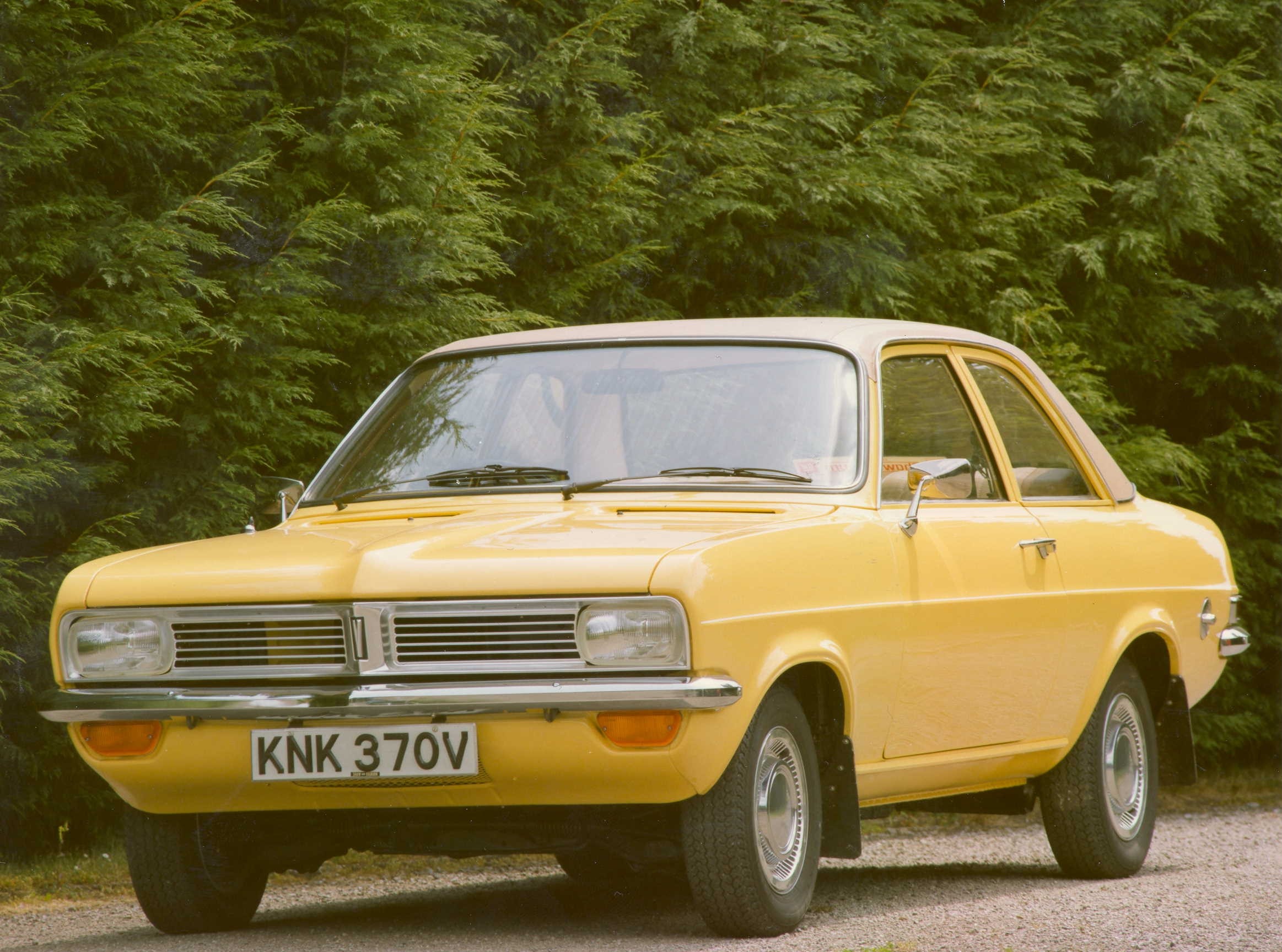





Fond memories indeed, my first 4 wheeled ride, white, red interior loads of chrome, 2 litre with a webber twin carb, getting all misty eyed!